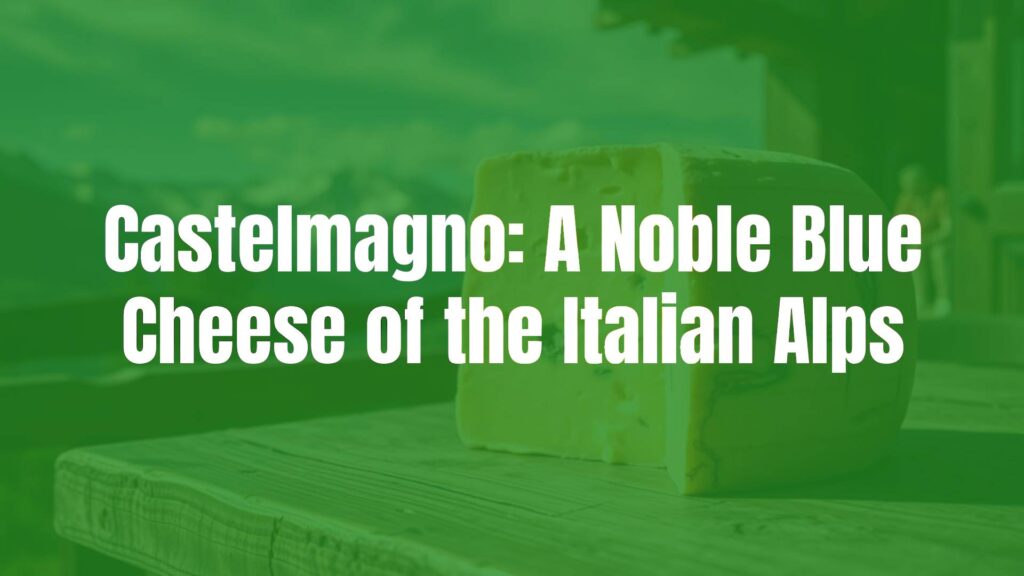Discovering Castelmagno: The Pride of Piemonte
Castelmagno is a celebrated Italian cheese cherished for its rich flavor and storied heritage. Produced exclusively in the alpine valleys of Piemonte’s Cuneo province, this cheese stands out for its unique combination of characteristics—a semi-hard texture, striking flavors, and, in some varieties, natural blue veining. With protected status and centuries-old ties to mountain culture, Castelmagno remains a symbol of regional pride and artisanal excellence.
What Sets Castelmagno Apart?
Castelmagno displays an ivory-to-pale-yellow paste, often marbled with blue-green veins due to spontaneous Penicillium molds, especially in more mature wheels. Its flavor profile is bold and complex, shifting from milky and tangy when young to a more pronounced spiciness and depth with age. The aroma carries earthy, herbal notes, reflective of the lush mountain pastures grazed by the cows, sheep, and goats whose milk may be combined in the cheese.
Historical Roots and Protected Origins
Records of Castelmagno date back to the 13th century, when it was prized by mountain monasteries and nobility alike. This cheese’s name is linked to the commune of Castelmagno, and it remains protected by a Denominazione di Origine Protetta (DOP) designation, ensuring authentic Castelmagno is crafted only in designated municipalities at high altitudes. Production follows strict traditional guidelines, preserving its historic character and communal legacy.
Methods of Making Castelmagno
Traditionally, Castelmagno is made with raw or thermized cow’s milk, sometimes blended with small quantities of sheep or goat milk, a nod to ancient pastoral practices. The curds are handled gently, set in cloth-lined molds known as “fascere,” and slowly ripened in natural caves where the mountain air and unique microflora play a crucial role. Wheels mature from a minimum of two months (for younger, milder flavors) to over six months for more assertive, blue-flecked varieties.
Ways to Savor Castelmagno
One of the most traditional ways to enjoy Castelmagno is crumbled over risotto or tossed with Piemonte’s signature potato gnocchi, where its creamy boldness melts into the dish. The cheese’s intense character also makes it a favorite companion for full-bodied red wines, such as Barolo or Barbera, and local honey or fruit preserves. Castelmagno’s firm yet crumbly texture lends itself perfectly to cheese platters, especially when paired with rustic bread and mountain fruits.
Cultural Significance and Celebrations
Castelmagno is more than a culinary delight; it is a cultural touchstone in western Piemonte. Local festivals celebrate the cheese each year, highlighting its vital role in the community and regional gastronomy. Its connection with alpine transhumance, ancient trade routes, and mountain hospitality is a source of great pride for area residents.
Serving Tips and Interesting Variations
To fully appreciate its aroma and flavor, Castelmagno should be brought to room temperature before serving. While the classic DOP version is most sought-after, there are farmstead and limited-production variants—some with a more pronounced blue veining, others aged for extra intensity. The variety of milk blends also produces subtle differences in aroma and texture. Castelmagno can be shaved into salads, melted in polenta, or enjoyed simply with a drizzle of acacia honey for a timeless Italian treat.

